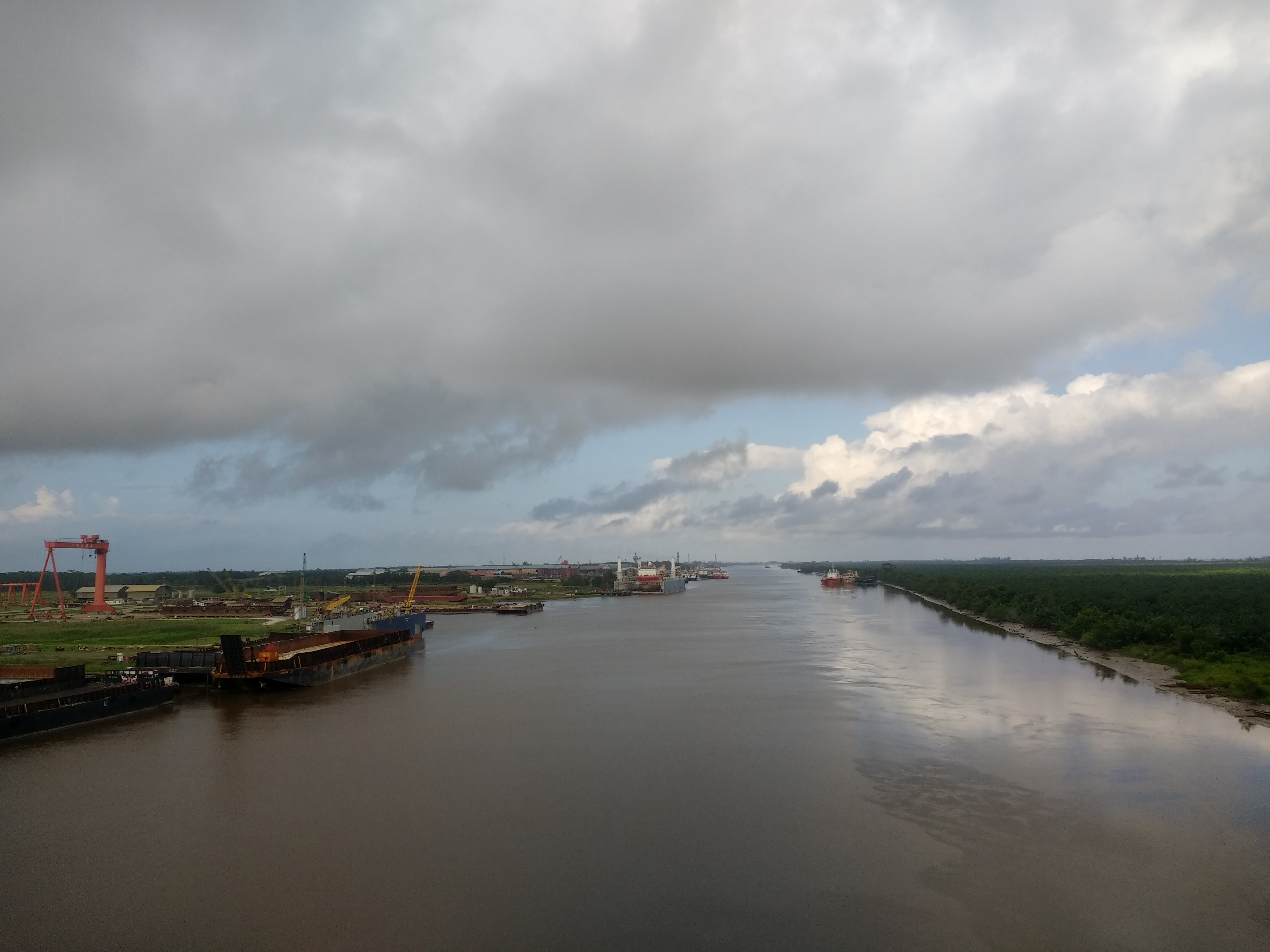|
Tua Pek Kong Temple, Miri
zh, 美里大伯公廟 , image = Miri 28 October 2023 15.jpg , caption = , location = Miri , coordinates = , religious_affiliation = Taoism , district = Miri District , state = Sarawak , country = Malaysia , established = 1913 , architecture_type = Chinese temple Tua Pek Kong Temple ( zh, 美里大伯公廟) is a Chinese temple situated right next to the Miri Fish Market in Miri, Sarawak, Malaysia. It is the oldest temple in the present-day Miri city. History Since the oil boom of Miri in the early 1900s, the town population increased rapidly before an unknown epidemic began to struck the town which resulting to the deaths of many of the town population. The local Chinese residents believed the epidemic is caused by evil spirits roaming around the area with a Chinese man named Chan Chak began to calling a monk to appease the spirits with spirit-pacifying r ... [...More Info...] [...Related Items...] OR: [Wikipedia] [Google] [Baidu] |
Miri, Malaysia
) , subdivision_type = Country , subdivision_name = , subdivision_type1 = State , subdivision_name1 = , subdivision_type2 = Division , subdivision_name2 = Miri Division , subdivision_type3 = District , subdivision_name3 = Miri District , established_title1 = Founded by Royal Dutch Shell , established_date1 = 10 August 1910 , established_title2 = Granted municipality status , established_date2 = 6 November 1981 , established_title3 = Granted city status , established_date3 = 20 May 2005 , government_type = Miri City Council , government_footnotes = , leader_title = Mayor , leader_name = Adam Yii Siew Sang , total_type = Miri City , area_footnotes = , area_magnitud ... [...More Info...] [...Related Items...] OR: [Wikipedia] [Google] [Baidu] |
Miri River
The Baram River ( ms, Sungai Baram) is a river in Sarawak on the island of Borneo. The river originates in the Kelabit Highlands, a watershed demarcated by the Iran Mountains of East Kalimantan, which form a natural border with Sarawak. The river flows westwards through tropical rainforest to the South China Sea. The Baram River terminates in a delta, which is subdivided into two units: East Barma Delta of Middle-Late Miocene age and West Baram Delta of Late Miocene-Quaternary age. The western unit is composed of mudstones enriched in organic components (total organic carbon content is more than 1.0 wt.%) which constitute substantial oil and gas reserves. The Baram river basin has been part of Sarawak since it was ceded to the White Rajah of Sarawak by the then sultan of Brunei in 1882, an area of some , for a perpetual annual payment of 6000 dollars. [...More Info...] [...Related Items...] OR: [Wikipedia] [Google] [Baidu] |
Taoist Temples In Malaysia
Taoism (, ) or Daoism () refers to either a school of philosophical thought (道家; ''daojia'') or to a religion (道教; ''daojiao''), both of which share ideas and concepts of Chinese origin and emphasize living in harmony with the ''Tao'' (, 'Thoroughfare'); the ''Tao'' is generally defined as the source of everything and the ultimate principle underlying reality. The ''Tao Te Ching'', a book containing teachings attributed to Laozi (), together with the later writings of Zhuangzi, are both widely considered the keystone works of Taoism. Taoism teaches about the various disciplines for achieving perfection through self-cultivation. This can be done through the use of Taoist techniques and by becoming one with the unplanned rhythms of the all, called "the way" or "Tao". Taoist ethics vary depending on the particular school, but in general tend to emphasize ''wu wei'' (action without intention), naturalness, simplicity, spontaneity and the Three Treasures: , compassion, , ... [...More Info...] [...Related Items...] OR: [Wikipedia] [Google] [Baidu] |
Chinese-Malaysian Culture
Malaysian Chinese (; Malay: ''Orang Cina Malaysia''), alternatively Chinese Malaysians, are Malaysian citizens of Han Chinese descent. They form the second largest ethnic group after the Malay majority constituting 22.4% of the Malaysian population. Most of them are descendants of Southern Chinese immigrants who arrived in Malaysia between the early 19th century and the mid-20th century. Malaysian Chinese form the second largest community of Overseas Chinese in the world, after Thai Chinese. Malaysian Chinese are traditionally dominant in the business sector of the Malaysian economy. The ethnic subgroups of Chinese people in Malaysia include the Hokkien, Cantonese, Hakka, Teochew, Hainan, Foochow and Kwongsai. Different Chinese languages are spoken in Malaysian towns and cities. Among them are Cantonese in Kuala Lumpur, Ipoh, Kuantan, Seremban, Mersing, Kampar, Petaling Jaya and Sandakan, Hokkien in George Town, Alor Setar, Kangar, Klang, Taiping, Kota Bharu and Kuchin ... [...More Info...] [...Related Items...] OR: [Wikipedia] [Google] [Baidu] |
Religious Buildings And Structures Completed In 1913
Religion is usually defined as a social system, social-cultural system of designated religious behaviour, behaviors and practices, morality, morals, beliefs, worldviews, religious text, texts, sacred site, sanctified places, prophecy, prophecies, ethics in religion, ethics, or religious organization, organizations, that generally relates humanity to supernatural, transcendence (religion), transcendental, and spirituality, spiritual elements; however, there is no scholarly consensus over what precisely constitutes a religion. Different religions may or may not contain various elements ranging from the Divinity, divine, Sacred, sacred things, faith,Tillich, P. (1957) ''Dynamics of faith''. Harper Perennial; (p. 1). a supernatural being or supernatural beings or "some sort of ultimacy and transcendence that will provide norms and power for the rest of life". Religious practices may include rituals, sermons, commemoration or veneration (of deities or saints), sacrifices, festivals, ... [...More Info...] [...Related Items...] OR: [Wikipedia] [Google] [Baidu] |



